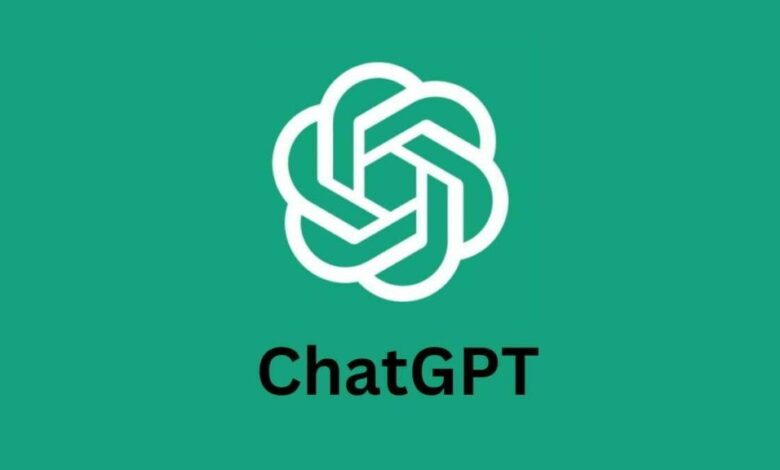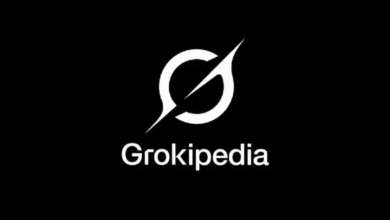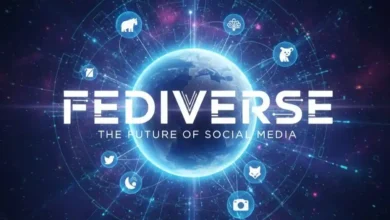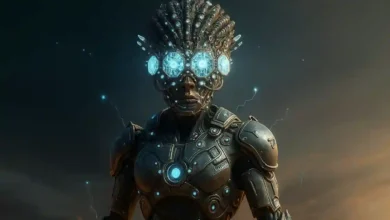Is ChatGPT Becoming the New Operating System?

The dawn of everything app is upon us and its name is ChatGPT.
For decades, digital ecosystems have revolved around operating systems — Windows, macOS, Android, iOS. They served as the foundational layer for how humans interact with computers. But today, a subtle revolution is underway: AI agents are beginning to challenge that paradigm.
At the core of this shift lies ChatGPT, OpenAI’s conversational powerhouse that’s evolving from a language model into something much larger — an intelligent digital layer that could sit above, or even replace, traditional OSs.
The recent features released by OpenAI — like ChatGPT’s ability to talk directly to other apps, interpret voice and vision inputs, and handle autonomous workflows — hint at this transformation. Even more intriguingly, rumors swirl about built-in DM (Direct Messaging) functionality, which could merge productivity, communication, and personal assistance into a single AI hub.
ChatGPT’s Agentic Evolution: Beyond Text Generation
Initially, ChatGPT was “just” a conversational interface. But with the integration of GPTs (custom versions of ChatGPT) and the multi-modal capabilities recently rolled out, it’s starting to function as a personalized, autonomous digital operator.
Here’s what that means in practice:
- App Control: ChatGPT can now execute actions within other software environments — schedule meetings, fetch analytics, create images, or even modify documents — all via natural language.
- Memory & Context: Persistent memory allows it to retain context across sessions, effectively learning user preferences and workflows.
- Vision + Voice Integration: The talk-and-see abilities create an immersive assistant that doesn’t just respond — it perceives, interprets, and acts.
The implications are massive. ChatGPT isn’t merely adding tools; it’s creating a meta-layer of interaction that blurs the boundaries between apps, devices, and the operating system itself.
Rumored ChatGPT DMs: The Social Fabric of AI
The rumored addition of Direct Messaging features transforms ChatGPT from a solitary tool into a social AI environment. Imagine chatting not just with ChatGPT — but communicating through it.
Such a system could:
- Replace traditional messaging apps like WhatsApp or Telegram by offering unified AI-assisted communication.
- Enable GPT-to-GPT conversations between users’ custom bots for automating workflows or discussions.
- Turn ChatGPT into a central hub for digital relationships, powered by intelligent message management.
If these rumors materialize, ChatGPT wouldn’t just be an assistant — it would become a social operating system, orchestrating human-to-human and human-to-machine communication seamlessly.
AI as the Operating System: A Shift in Digital Architecture
The idea of an AI-first operating system flips decades of tech logic. Instead of humans navigating hierarchical menus and apps, the AI interprets intent and performs actions.
Here’s how this might look in the near future:
- No More App Switching: You wouldn’t need to open individual apps. You’d simply tell ChatGPT, “Edit my latest video, upload it to YouTube, and schedule posts on Instagram,” and it would handle the rest.
- Dynamic UX: Rather than static graphical interfaces, you’d interact through natural language and adaptive responses.
- Integrated Ecosystem: An agentic AI could coordinate APIs, data, and cloud access — effectively being your digital ecosystem.
If successful, such an approach could make Windows and macOS feel outdated — mere platforms for AI execution rather than the core of daily digital life.
The “Agentic AI” Revolution
The term agentic AI isn’t just buzz. It describes systems that can reason, act, and make decisions autonomously based on user goals. ChatGPT’s latest evolution fits that definition.
Current indicators of this transformation:
- ChatGPT’s plugin-like toolset now operates as autonomous function selectors.
- The introduction of Actions — allowing GPTs to trigger real web or app tasks — essentially turns ChatGPT into a software manager.
- Combined with real-time browsing and data analysis, it’s inching closer to true digital agency.
This agentic nature means AI can act as your digital self, handling tasks across multiple contexts — work, creativity, communication, and analytics — without explicit multi-app juggling.
Could ChatGPT Replace Windows or macOS?
While it’s unlikely that ChatGPT will literally “replace” operating systems in the short term, its functional dominance over the user experience could render the OS invisible. You might still have Windows underneath — but you’d rarely see it.
Instead, you’d live inside ChatGPT — a world where the AI mediates all interactions, much like a conductor guiding a digital orchestra.
Imagine:
- Startup Sequence: Boot your device → ChatGPT interface opens → you speak your commands.
- Workflows Without GUI: Want to code, design, or communicate? Just describe your goal.
- Cloud-AI Desktop: Your “desktop” becomes a fluid, AI-powered environment accessible from any device, not bound by hardware or OS versions.
This could mark the great unbundling of computing — where the AI layer becomes the true operating system, and the old OS becomes just an invisible substrate.
Challenges and the Trust Barrier
However, such a shift raises questions:
- Data Privacy: How much trust will people place in an AI agent managing everything?
- Dependence Risk: Losing access to your AI ecosystem could equate to losing access to your identity or digital abilities.
- Regulatory Hurdles: Integrating all app control under one AI entity invites scrutiny over monopolization and data governance.
Despite these, the trajectory seems inevitable. As ChatGPT becomes smarter, social, and integrated, it moves beyond being a “tool” — it’s becoming an interface for digital consciousness.
The Future: AI as a Digital Operating Environment
If we accept the current trajectory, then within this decade, ChatGPT and similar AIs could act as universal digital operators. You wouldn’t open Windows or Mac — you’d simply converse with your AI, and it would navigate the system for you.
The boundaries between apps, platforms, and conversations will dissolve into one dynamic, personalized, and adaptive AI interface.
In other words:
Operating systems won’t disappear — they’ll simply become invisible.
Would you like me to craft a short social post and blog teaser for this article to help with cross-platform promotion?
For more Odinozz Tech articles, click here.
Follow Odinozz on social media. Click here.



